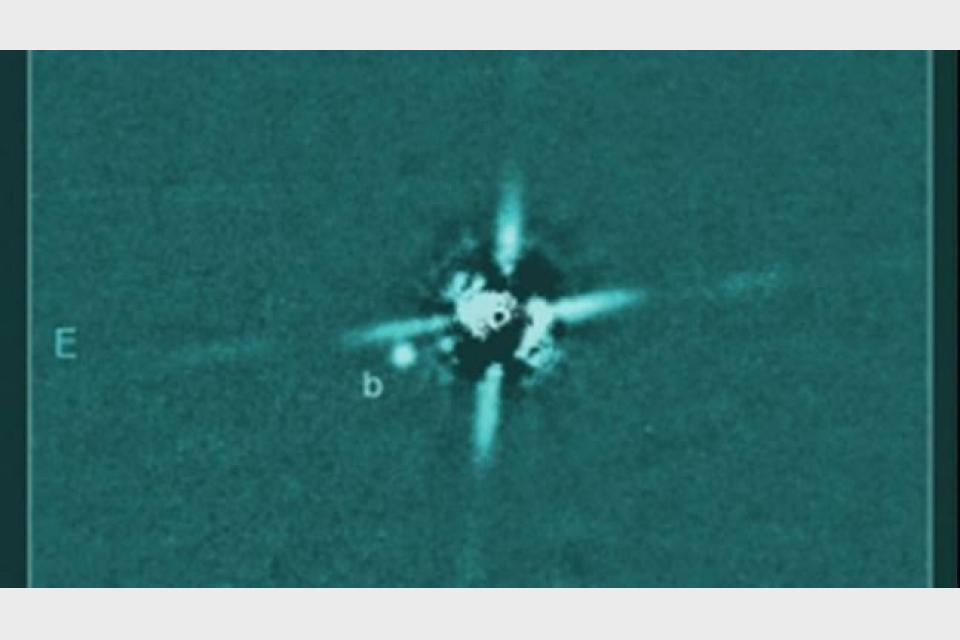Astronomers have discovered one of the youngest planets orbiting a star, which could shed new light on the early phases of planetary evolution. Analysis of the planet could help astronomers understand the origin of the solar system and Earth.
Scientists estimate that the planet is a few times more massive than Jupiter and that it formed with its star several million years ago, around the time the main Hawaiian Islands first emerged above the ocean. The discovery has been done by a team of astronomers led by the University of Hawaii at Mnoa faculty, students, and alumni.
The research which was released in pre-print version has been accepted for publication in the Monthly Notices of the Royal Astronomical Society. “This serendipitous discovery adds to an elite list of planets that we can directly observe with our telescopes,” explained lead author Eric Gaidos, a professor in the UH Mnoa Department of Earth Sciences.
AN INFANT PLANET
Astronomers said that the planet is so young that it is still hot from the energy released during its formation, with a temperature similar to the lava erupting from Klauea Volcano. “By analysing the light from this planet we can say something about its composition, and perhaps where and how it formed in a long-vanished disk of gas and dust around its host star,” Eric Gaidos added.
Dubbed 2M0437b, the planet was first seen with the Subaru Telescope on Mauna Kea in 2018 and astronomers have been continuously analysing the planet since. Astronomers used the Keck Observatory’s Near-Infrared Camera in combination with the Keck II telescope’s adaptive optics system to verify that planet 2M0437b was truly a companion to the star and not a more distant object.
“The exquisite data from the Keck Observatory allowed us to confirm that the faint neighbour is moving through space along with its star, and thus a true companion. Eventually, we might even be able to measure its orbital motion around the star,” Dr Adam Kraus, a professor in the Department of Astronomy at the University of Texas at Austin and co-author on the paper said in a statement.
A STELLAR NURSERY
Scientists in a statement said that the planet and its parent star lie in a stellar “nursery” called the Taurus Cloud and it is on a much wider orbit than the planets in the solar system. Its current separation is about 100 times the Earth-Sun distance, making it easier to observe. “Two of the world’s largest telescopes, adaptive optics technology, and Maunakea’s clear skies were all needed to make this discovery,” said co-author Michael Liu.
The star that 2M0437b orbits is too faint to be seen with the unaided eye, but currently from Hawaii, the young planet and other infant stars in the Taurus Cloud are almost directly overhead in the pre-dawn hours, north of the bright star Hokuula (Aldeberan) and east of the Makalii (Pleiades) star cluster.









